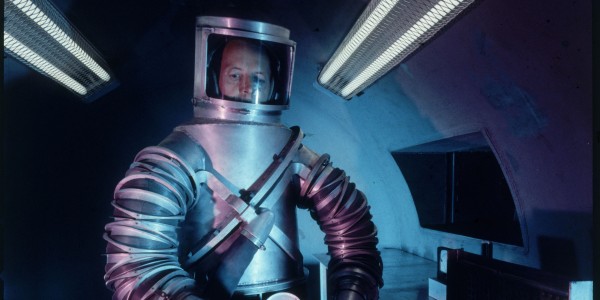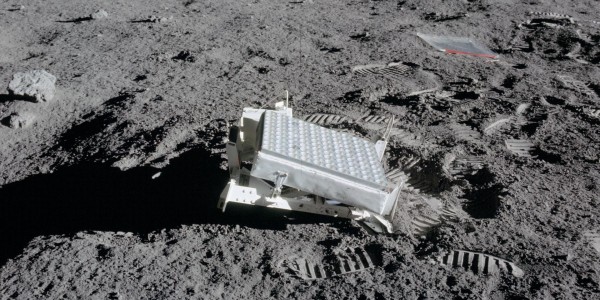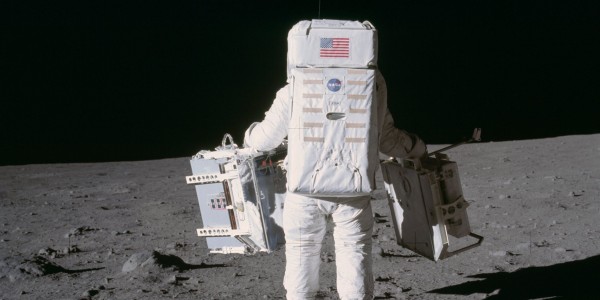It is an incredibly peaceful landscape that seems to be flying past the car window. Inside the vehicle, a Bach cello suite is playing as the driver’s sleepy eyelids begin to droop. But that’s absolutely no problem—at least not in the future—because the car is driving itself. According to a study conducted by the global management consulting firm Oliver Wyman, roughly a third of all cars driving on our streets in 2035 will be partially or fully autonomous. Of the many things needed for that to become reality, the most important is, surprisingly enough, speed.
A Future Made of Glass
Fast data transfer will soon make fantastic things possible: Cars where drivers can safely fall asleep at the wheel, and operations where surgeons will be able to travel inside their patients. How will this be possible?


Cars learn to see with data
Or more precisely, they learn to see at the speed of data. The car of the future will scan millions of measurement points per second to obtain a complete picture of its surroundings: the street ahead, the sky above, and the roads branching off to the left and the right. It will also receive data about the weather conditions and the traffic forecast from telecommunications towers. All of this information has to flow together for the car to make the right decision so that it’s safe for the driver’s eyes to close. The data communication has to be extremely fast—faster than the blink of an eye—and even if it only takes a second, the vehicle of the future moving at 100 km/h would go for about 14 meters without data. Without information about its surroundings. The car would be virtually blind.
Information at the speed of light
Metaphorically speaking, the road to high speed data—and thus to a car that brings us home safely—is a luminous path because fast data communication requires fiber optic cable that can transmit data at the speed of light. A fiber optic cable actually has a very simple structure. It consists of an optical core that conducts light and a cladding that ensures that the light speeding through its core is reflected and directed forward. This technology allows large amounts of data to be transmitted at high speed. High-purity fused silica is used to make both the core and the cladding, and it’s the only material capable of transmitting data at the speed of light and supplying a car’s on-board computer with sufficient information.

A journey inside the heart
Fused silica doesn’t just make data fast. In a sense, it also plays a part in making data very small. Fused silica optics make it possible to produce increasingly smaller microchips, which pack a high level of processing power into a very tiny space. And in the future, that will save lives. Take the heart, for example, the muscle that contracts roughly 2.6 billion times in 70 years. In the future, heart surgery will be performed with the help of augmented reality more and more frequently. A tiny camera is fed into the patient’s heart when surgery begins. This camera then transmits 3D images for viewing by the operating team. The images are displayed on large monitors and guide the surgeon during the minimally invasive operation, which is performed via a single small incision. The Ulm University Medical Center is already using this technology. But in the future, the screens—and the strain of looking up from the patient on the operating table to see the images displayed on them—will no longer be necessary. That’s because tiny, incredibly powerful microchips will allow the images of the heart to be transmitted directly to augmented reality glasses that the surgeon puts on when the operation begins. These glasses will allow the surgeon to simultaneously see both the patient on the operating table and the inside of the body through the skin, thanks to the images the camera relays during the procedure. Surgery will become faster, safer, more precise, and more effective. The revolution in the operating room has begun.



